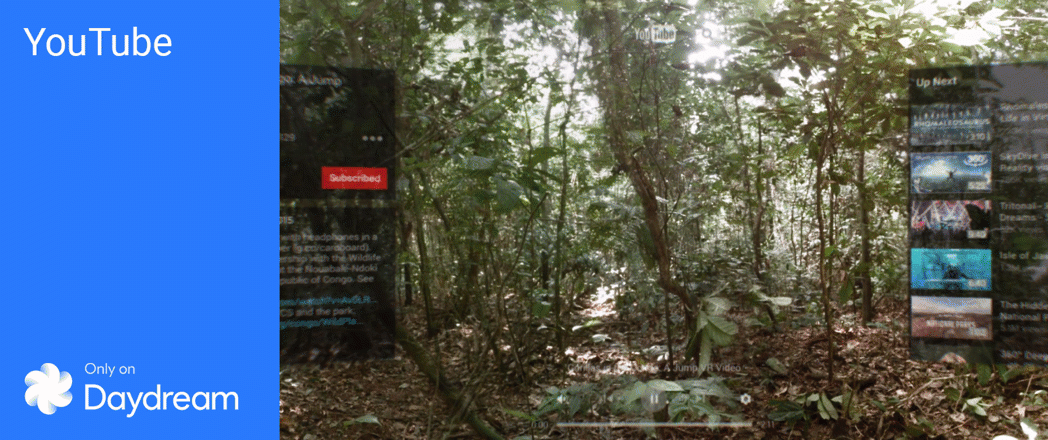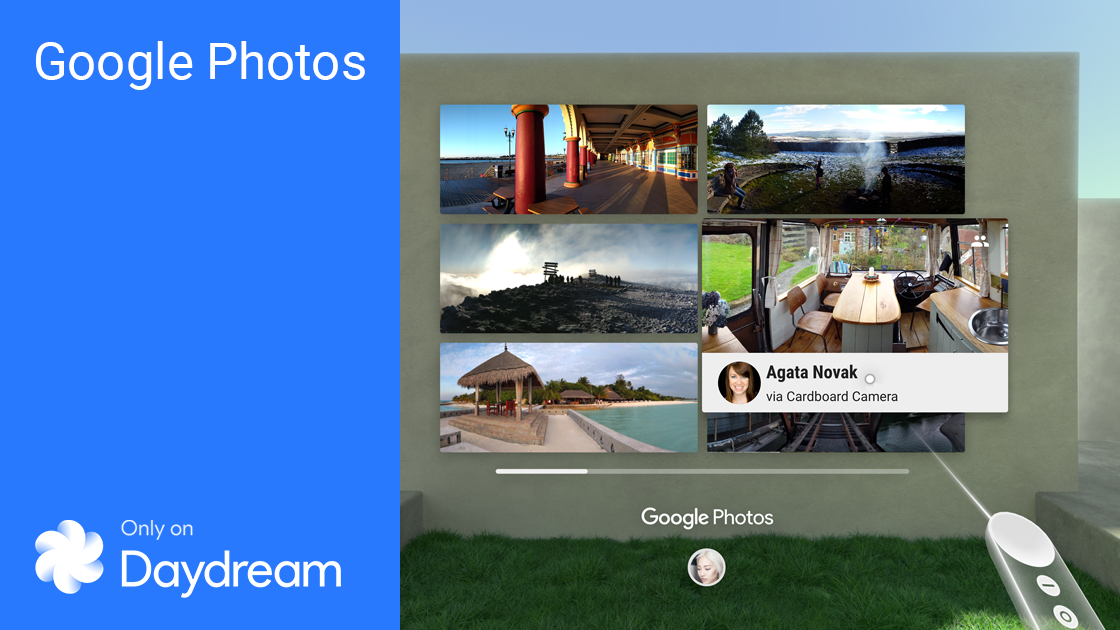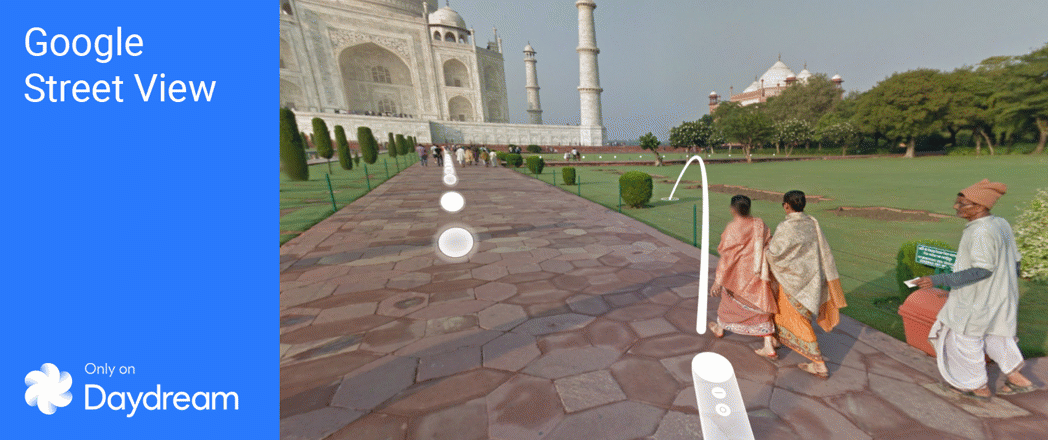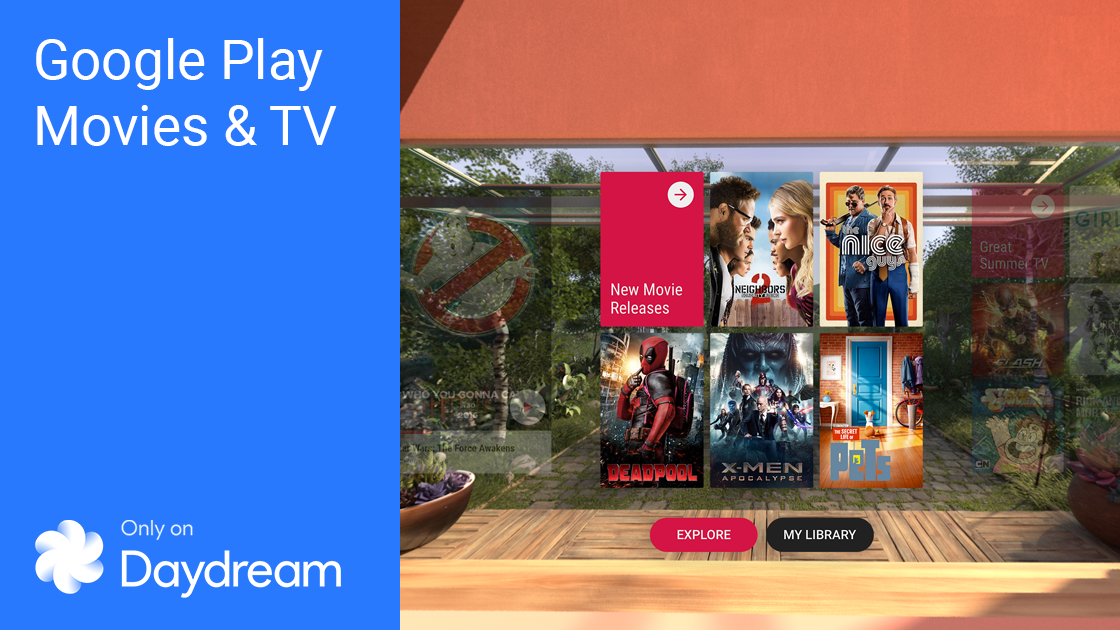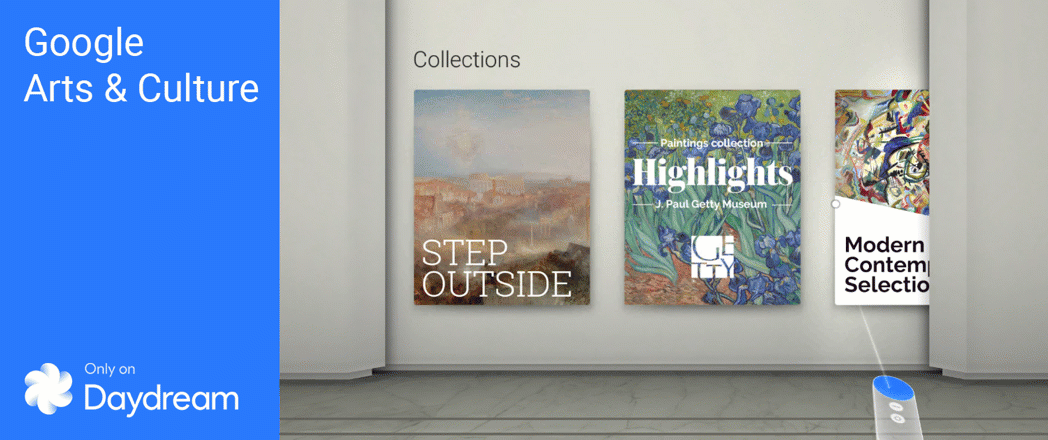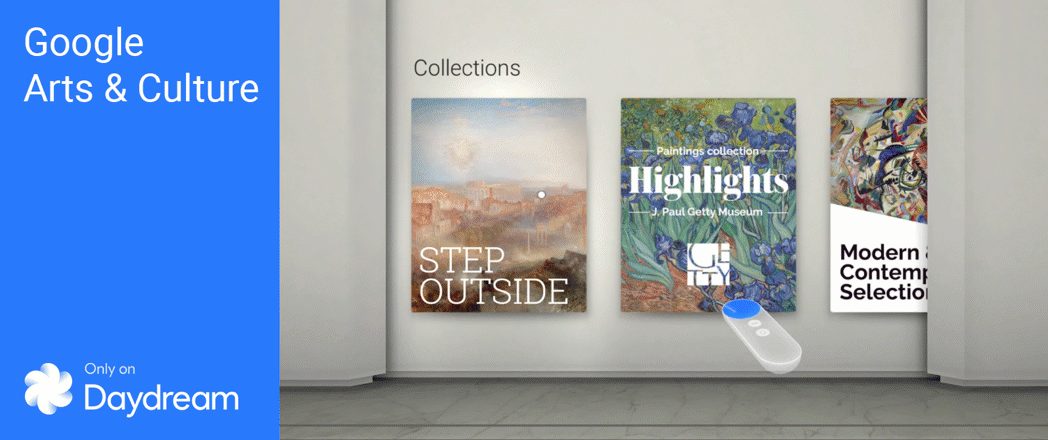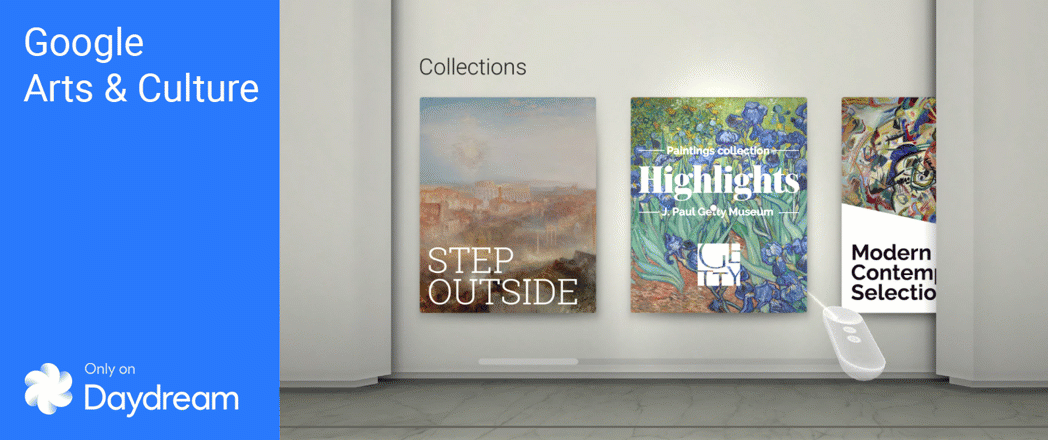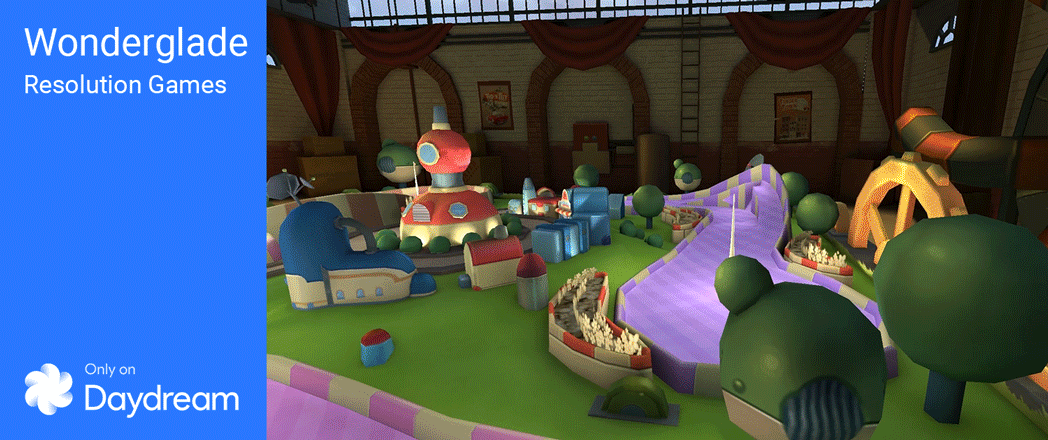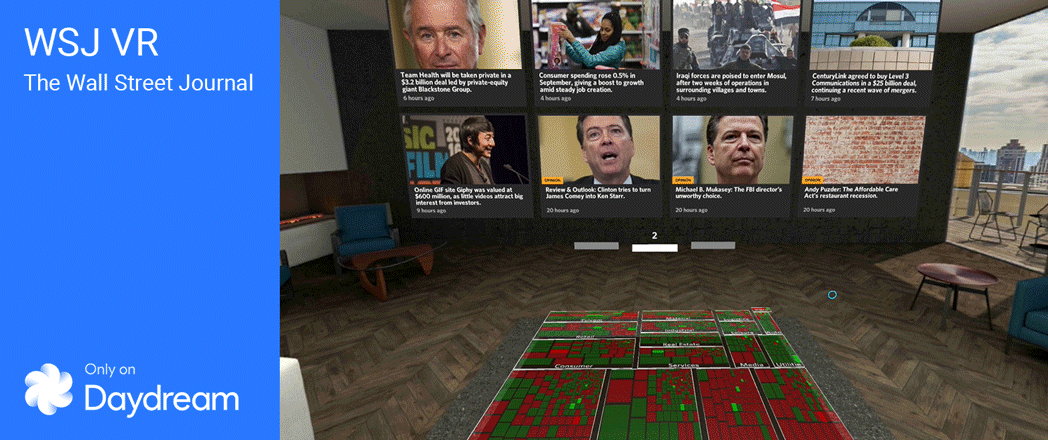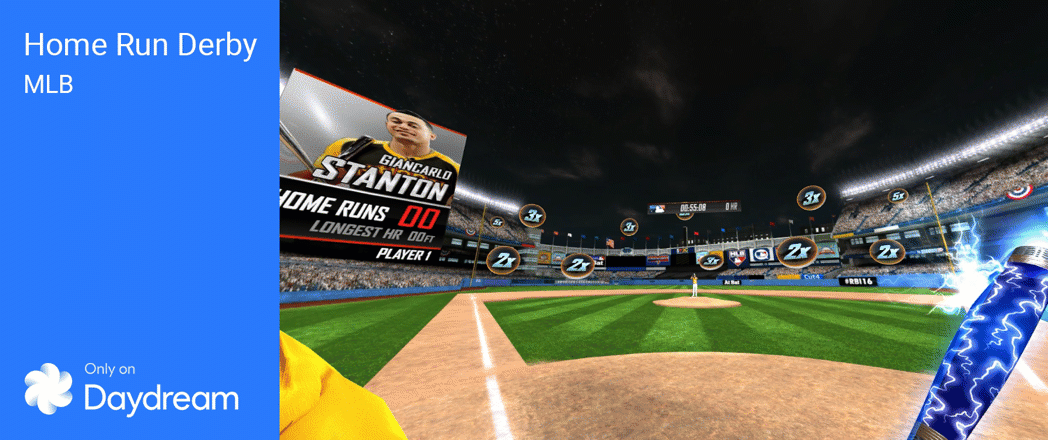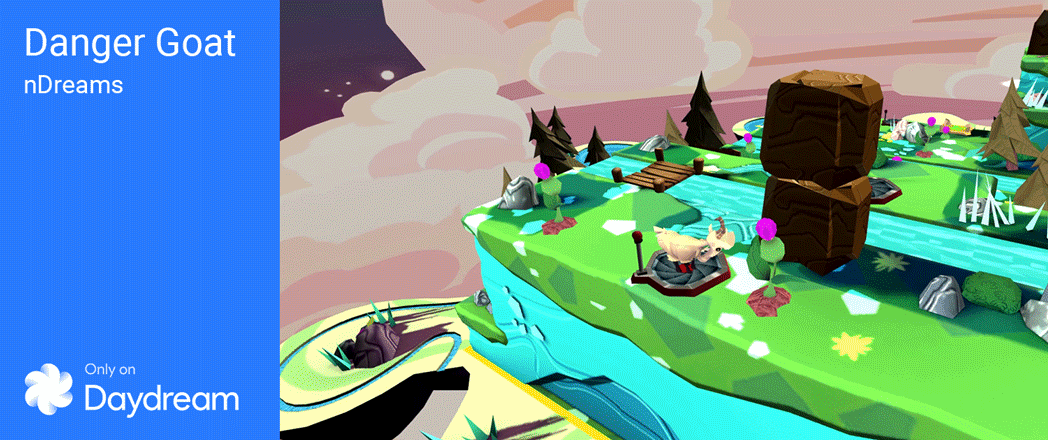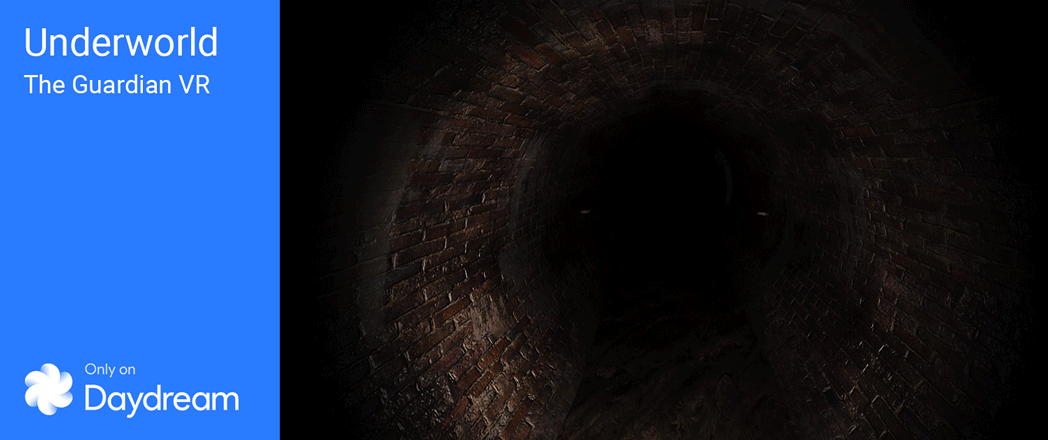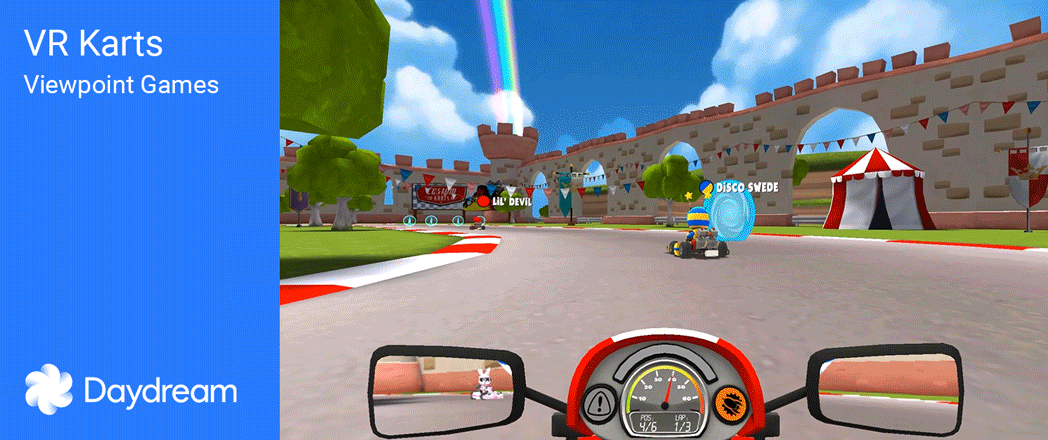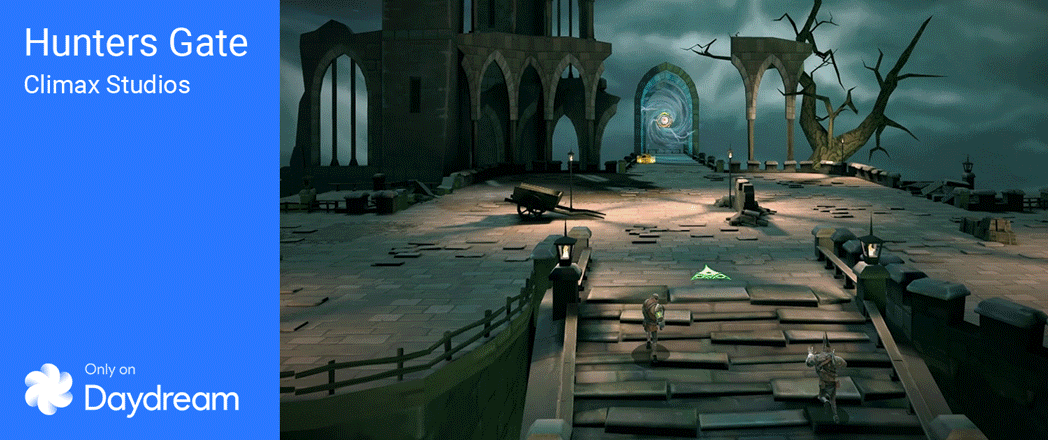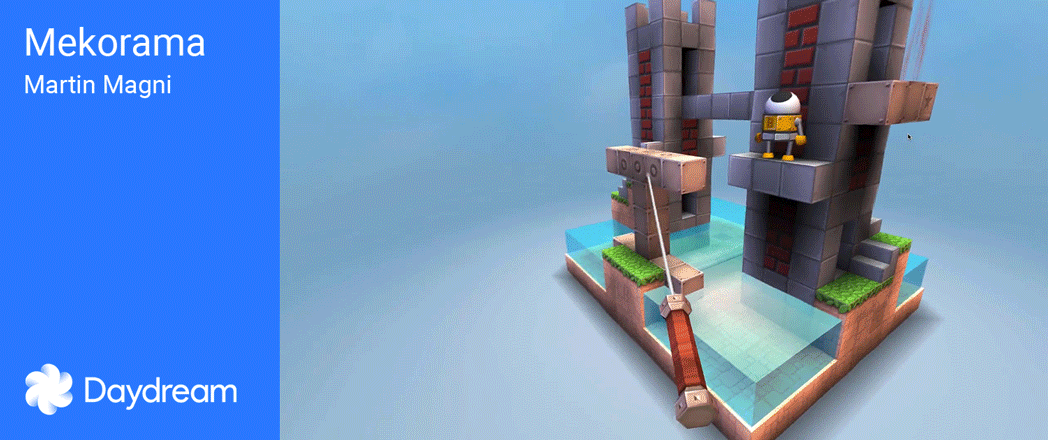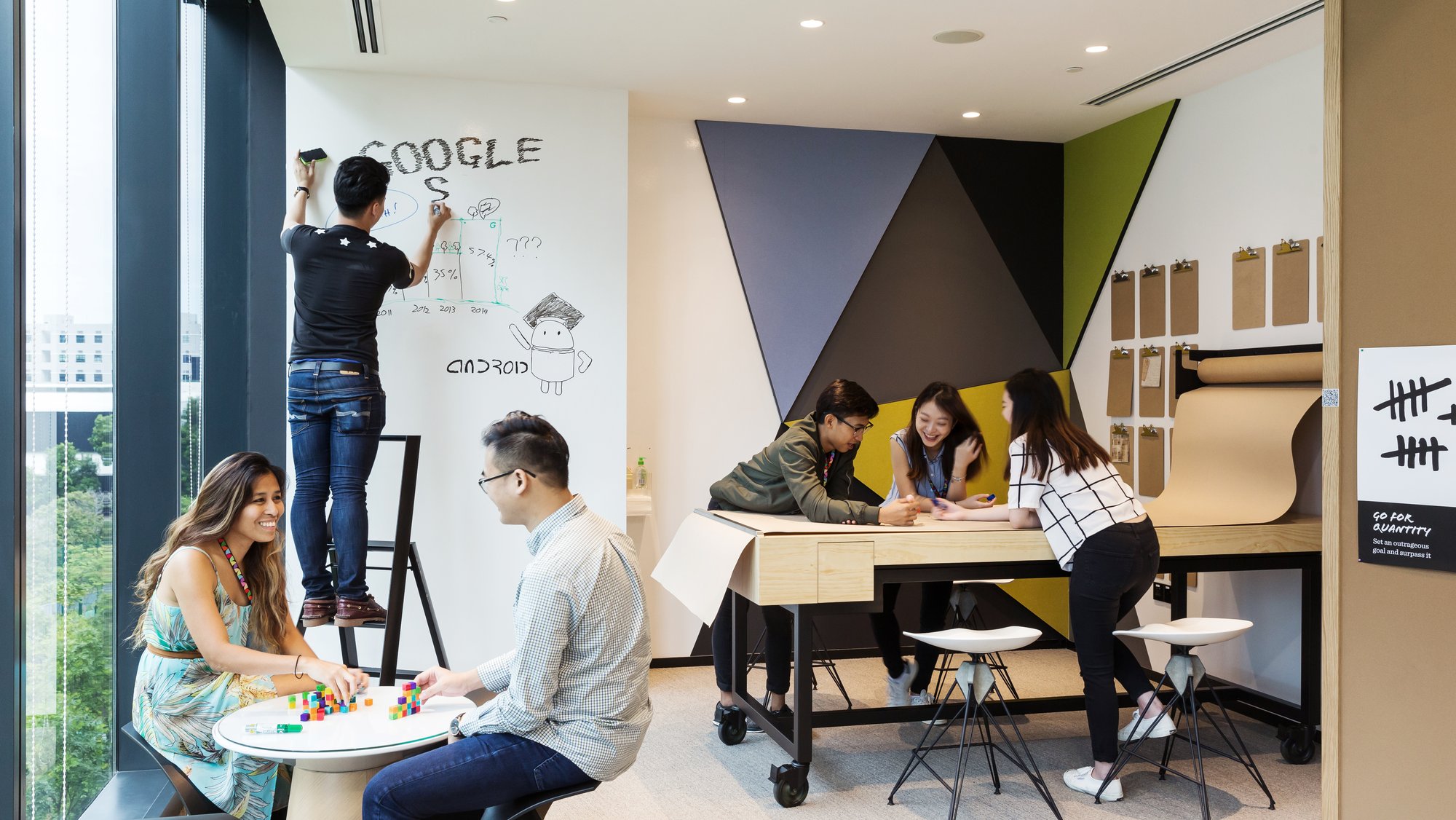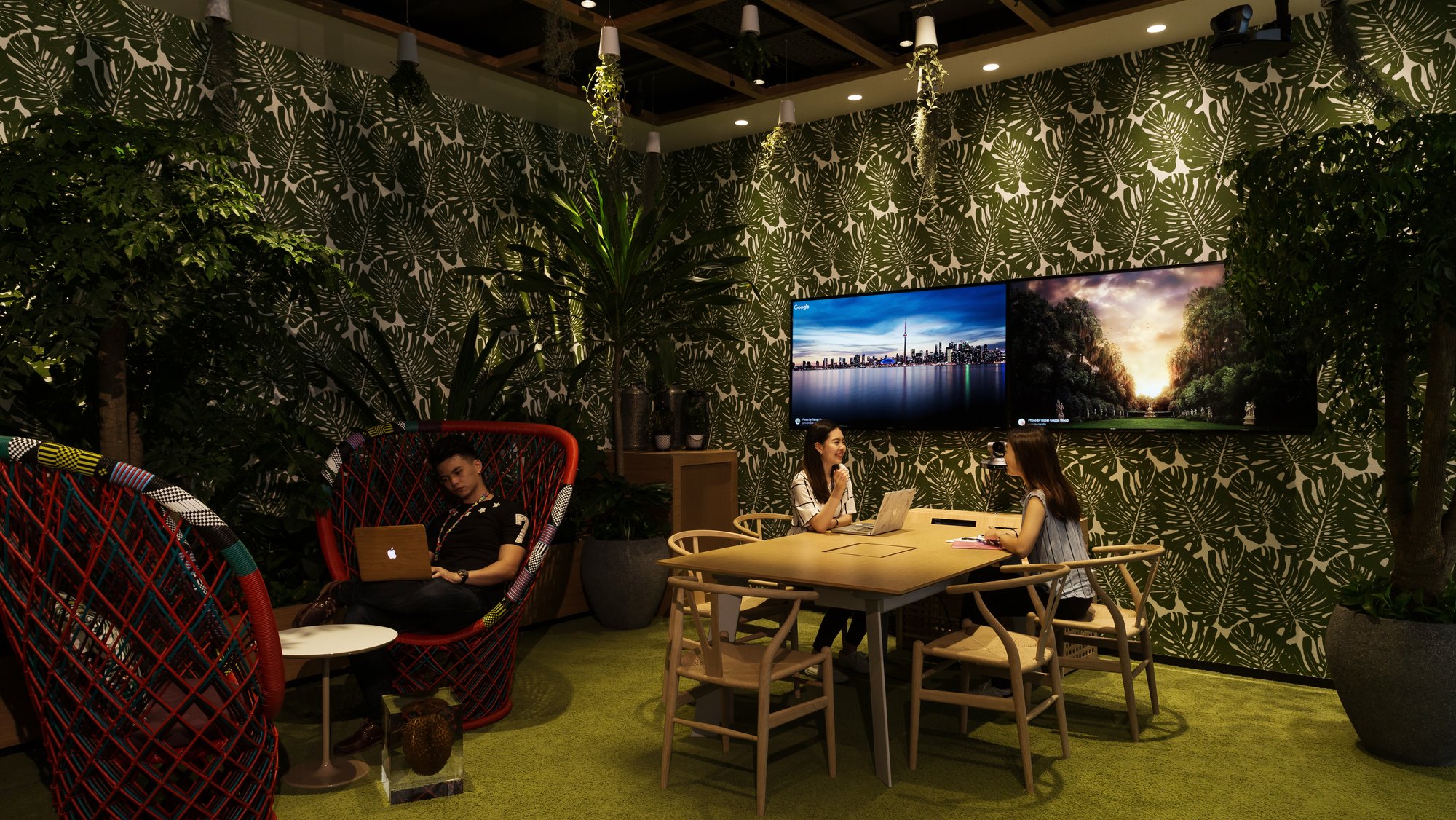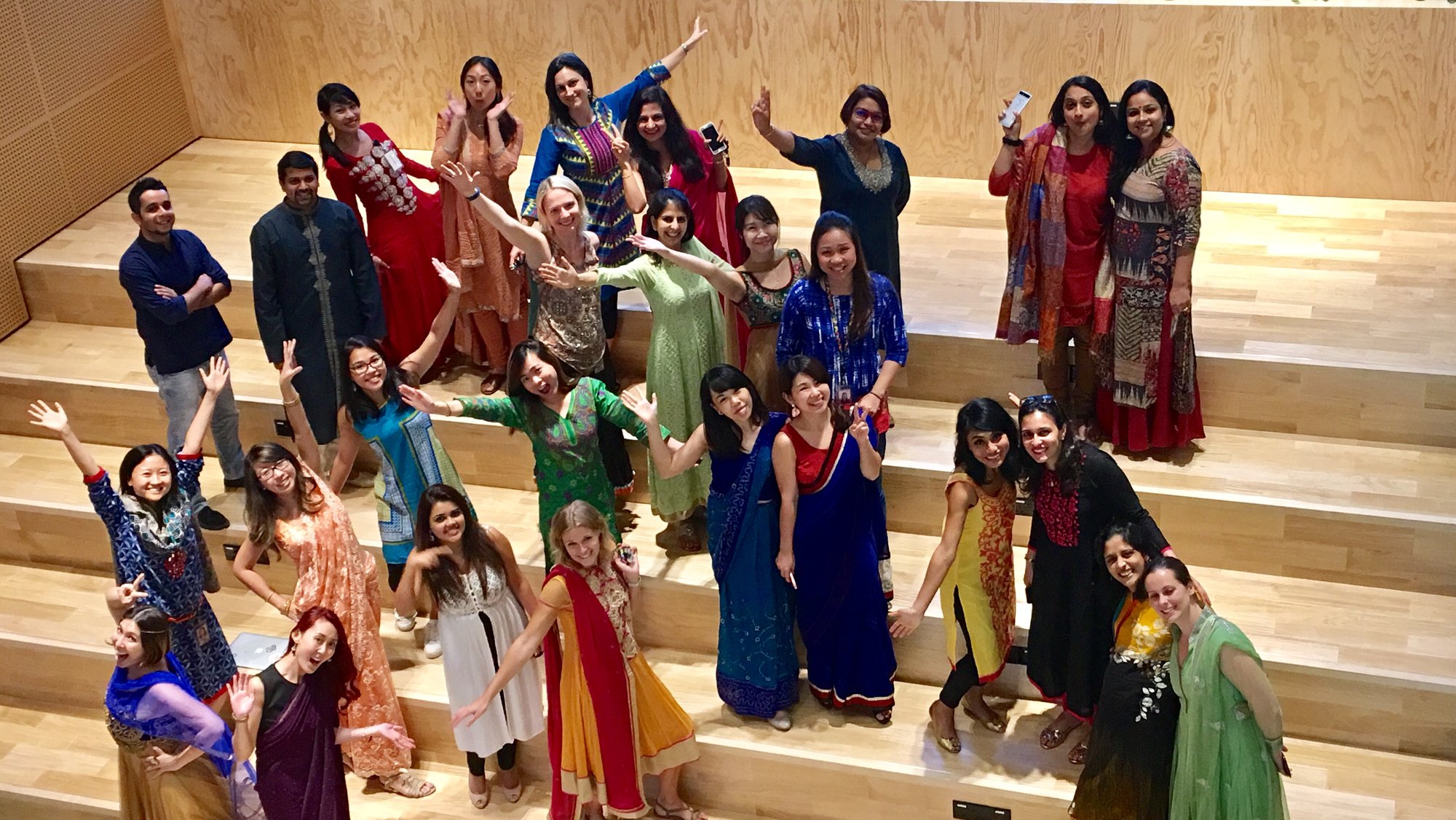The Keyword | Google Blog |
- Android: Choice at every turn
- Experience Daydream today
- A new home for Google in Singapore
- Build data-rich presentations in seconds with integrated apps and the Slides API
| Posted: 10 Nov 2016 06:00 AM PST In 2007, we launched Android, a free and open-source operating system. Smartphones back then were an expensive rarity. We wanted to change that — to stimulate innovation and increase choice for consumers — and it worked. Android means manufacturers don't have to buy or build expensive mobile operating systems. As a result, smartphones are now available at dramatically lower prices — as little as 45 euros — and have become much more accessible to many more people. Today, more than 24,000 devices from over 1,300 brands run on Android. And European developers are able to distribute their apps to over a billion people around the world. Android is not a 'one way street'; it's a multi-lane highway of choice.Last April, the European Commission issued a Statement of Objections raising concerns over how we manage Android compatibility and distribute our own apps. The response we filed today shows how the Android ecosystem carefully balances the interests of users, developers, hardware makers, and mobile network operators. Android hasn't hurt competition, it's expanded it.
First, the Commission's case is based on the idea that Android doesn't compete with Apple's iOS. We don't see it that way. We don't think Apple does either. Or phone makers. Or developers. Or users. In fact, 89% of respondents to the Commission's own market survey confirmed that Android and Apple compete. To ignore competition with Apple is to miss the defining feature of today's competitive smartphone landscape. Second, we are concerned that the Commission's preliminary findings underestimate the importance of developers and the dangers of fragmentation in a mobile ecosystem. Developers — and there were at least 1.3 million of them in Europe in 2015 — depend on a stable and consistent framework to do their work. Any phone maker can download Android and modify it in any way they choose. But that flexibility makes Android vulnerable to fragmentation, a problem that plagued previous operating systems like Unix and Symbian. When anyone can modify your code, how do you ensure there's a common, consistent version of the operating system, so that developers don't have to go through the hassle and expense of building multiple versions of their apps? To manage this challenge, we work with hardware makers to establish a minimum level of compatibility among Android devices. Critically, we give phone makers wide latitude to build devices that go above that baseline, which is why you see such a varied universe of Android devices. That's the key: our voluntary compatibility agreements enable variety while giving developers confidence to create apps that run seamlessly across thousands of different phones and tablets. This balance stimulates competition between Android devices as well as between Android and Apple's iPhone.  Android's compatibility rules help minimize fragmentation and sustain a healthy ecosystem for developers. Ninety-four percent of respondents who answered questions on fragmentation in a Commission market survey said that it harms the Android platform. Developers worry about it, and our competitors with proprietary platforms (who don't face the same risk) regularly criticize us for it. The Commission's proposal risks making fragmentation worse, hurting the Android platform and mobile phone competition. Third, the Commission argues that we shouldn't offer some Google apps as part of a suite. No manufacturer is obliged to preload any Google apps on an Android phone. But we do offer manufacturers a suite of apps so that when you buy a new phone you can access a familiar set of basic services. Android's competitors, including Apple's iPhone and Microsoft's Windows phone, not only do the same, but they allow much less choice in the apps that come with their phones. On Android, Google's apps typically account for less than one-third of the preloaded apps on the device (and only a small fraction of device memory). A consumer can swipe away any of our apps at any time. And, uniquely, hardware makers and carriers can pre-install rival apps right next to ours. In competition-speak, that means there's no "foreclosure".  There's also plenty of evidence that consumers can easily choose which apps they want — something the Commission has recognized in other investigations. The average Android user in Europe downloads an additional 50 apps over the lifetime of their device. Downloading and replacing an app or widget is simple — you can do it in thirty seconds. Users downloaded 65 billion apps from Google Play in 2015 — an average of more than 175 million apps a day. Since 2011, apps offering similar functionality to those in our suite have been downloaded almost 15 billion times. Again, there's no evidence of foreclosure. Many pre-installed apps don't succeed, and many have been extremely successful through user downloads — think of Spotify or Snapchat. Our apps suite approach explicitly preserves users' freedom to choose the apps they want on their phones.  Finally, distributing products like Google Search together with Google Play permits us to offer our entire suite for free — as opposed to, for example, charging upfront licensing fees. This free distribution is an efficient solution for everyone — it lowers prices for phone makers and consumers, while still letting us sustain our substantial investment in Android and Play. Today's mobile devices show all the signs of fierce competition with a wide range of business models: from vertically integrated ones like Apple's iOS to open-source systems like Android. The rapid innovation, wide choice, and falling prices we see in smartphones represent the hallmarks of robust competition. Android has unleashed a new generation of innovation and inter-platform competition. By any measure, it is the most open, flexible, and differentiated of the mobile computing platforms. But open-source platforms are fragile. They survive and grow by balancing the needs of all participants, including users and developers. The Commission's approach would upset this balance, and send an unintended signal favouring closed over open platforms. It would mean less innovation, less choice, less competition, and higher prices. That wouldn't be just a bad outcome for us. It would be a bad outcome for developers, for phone makers and carriers, and, most critically, for consumers. That's the case we are making to the Commission in our filing today. We look forward to continuing the dialogue. For more Android facts, visit android.com/everyone |
| Posted: 10 Nov 2016 06:00 AM PST From seeing a dinosaur come back to life, to traveling to the farthest reaches of Pluto, to saving a runaway goat from dangerous traps, Daydream brings you on immersive virtual reality adventures powered by a smartphone. And now you can experience it all with Daydream View, a VR headset and controller made by Google available in stores today:
Fresh featured content front and centerThe Daydream app, available on any Daydream-ready phone starting with Pixel and Pixel XL, lets you launch your favorite VR experiences and browse from an ever-growing collection of apps, games and videos. Plus, the app brings new featured content front and center so there's always something fresh when you put on your headset. 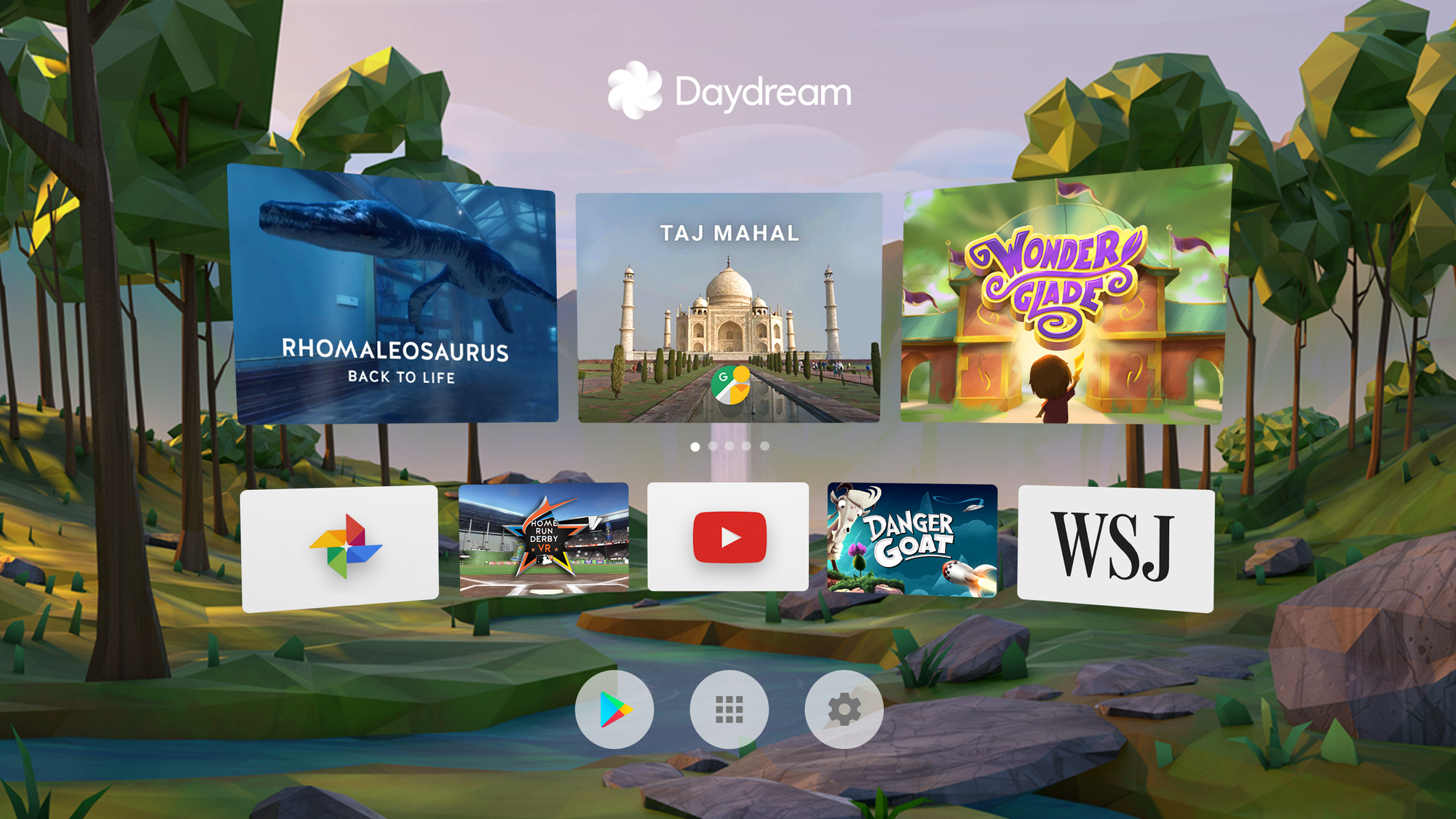 Enjoy the best of Google in VRWith Daydream, you can experience some of the most popular Google apps like Google Photos and Google Play Movies in virtual reality. Visit 150 of the world's most amazing places like the Pyramids and the Taj Mahal with Google Street View. And with YouTube VR, you can watch the entire library of YouTube videos on a virtual big screen and experience hundreds of thousands of immersive videos from top creators. And we're also bringing Google Arts & Culture to Daydream. Step inside a virtual gallery and view masterpieces from over 50 world-renowned museums. Whether it's Vincent van Gogh's landscapes from the Metropolitan Museum of Art, Rembrandt's works from the J. Paul Getty Museum, or a collection of the Most Beautiful Cats from RMN-Grand Palais, you can zoom in to see brushstroke-level details. The app is launching today as a Preview Edition with more enhancements to come in future updates. Explore, watch and playIn addition to Google apps, there are many other experiences available on Daydream. Explore new worlds, kick back in your personal VR cinema and get in the game with an intuitive controller that puts you at the center of action. Demo the magic in thousands of locationsHead over to one of thousands of retail locations to demo Daydream View. The demo includes an exclusive Fantastic Beasts and Where to Find Them experience where you can wave a wand (a la the Daydream controller) to explore the magic in virtual reality. 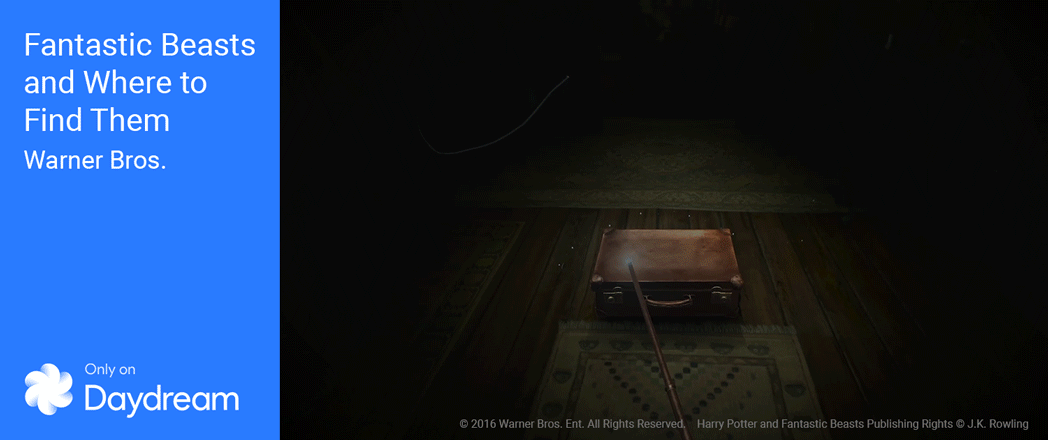 |
| A new home for Google in Singapore Posted: 09 Nov 2016 11:00 PM PST We opened our first Singapore office in 2007, a tiny space along Collyer Quay occupied by just 24 people. Since then, Asia's grown, Singapore's grown and we've grown in Singapore. We now need room for 1,000 Googlers working on new products and projects across Asia for our users, customers and partners. And we also want more room for the community around us—the kind of place that's useful for gatherings of developers, students, founders, and kids to connect with Googlers and, sometimes, even prime ministers and ministers of trade. So we're excited Prime Minister Lee Hsien Loong and Minister for Trade and Industry Mr. S. Iswaran could join us at the opening of our new office today. As our Asia Pacific headquarters, Googlers here are focused on many areas, industries and countries in the region. We have a growing engineering team, and Googlers working across sales, partnerships, marketing, people operations and many more. We wanted our office to reflect that diversity and regional range, and built it in a way that enables everyone to work together effortlessly. You'll see that the new space is also designed to inspire Googlers to perform at their best every day. Put together, we believe this fosters collaboration and creativity — the key ingredients for innovation, which in turn is key to our long-term success. Nurturing more tech innovatorsA passion for solving problems—big and small—through innovation and technology is at the core of everything that we do at Google. Over the past nine years, we've contributed to Singapore's tech community by training young graduates in advertising technology through Digitize, bringing small businesses online with GoGlobal, and growing a pool of data analysts through Squared Data Analytics. But we can do more. We feel we can play an important role in inspiring more Singaporeans, especially young Singaporeans, to take up technology and the creative industries as careers. I'm especially inspired whenever I meet young girls and boys who are using technology to solve global challenges in creative and meaningful ways. For example, Marion, Joy, and Sonia, all 18-year-olds from NUS High School, recently wowed our judges at the Google Science Fair with their concept for 'paint on' energy storage. We want to encourage many more Singaporeans to become future technologists and leave their mark on the world. This is why today, we also announced that we're bringing Code in the Community to 3,000 young Singaporeans from less well-to-do backgrounds. It's a multi-year, multi-level computer science and computational thinking course to get even more Singaporean kids excited about the potential of technology. We're partnering with Singapore's four ethnic Self-Help Groups—the Chinese Development Assistance Council, Singapore Indian Development Association, The Eurasian Association and Yayasan Mendaki—to hold weekend classes for kids aged 8 to 15, with an equal mix of boys and girls. The program, which starts in early 2017, will be run by 21C Girls and Saturday Kids at four Community Centers around the island for three years. Google's support for Code in the Community is made possible through our Data Center Community Grants and RISE Awards programs. We will share more details when sign-ups open next month. 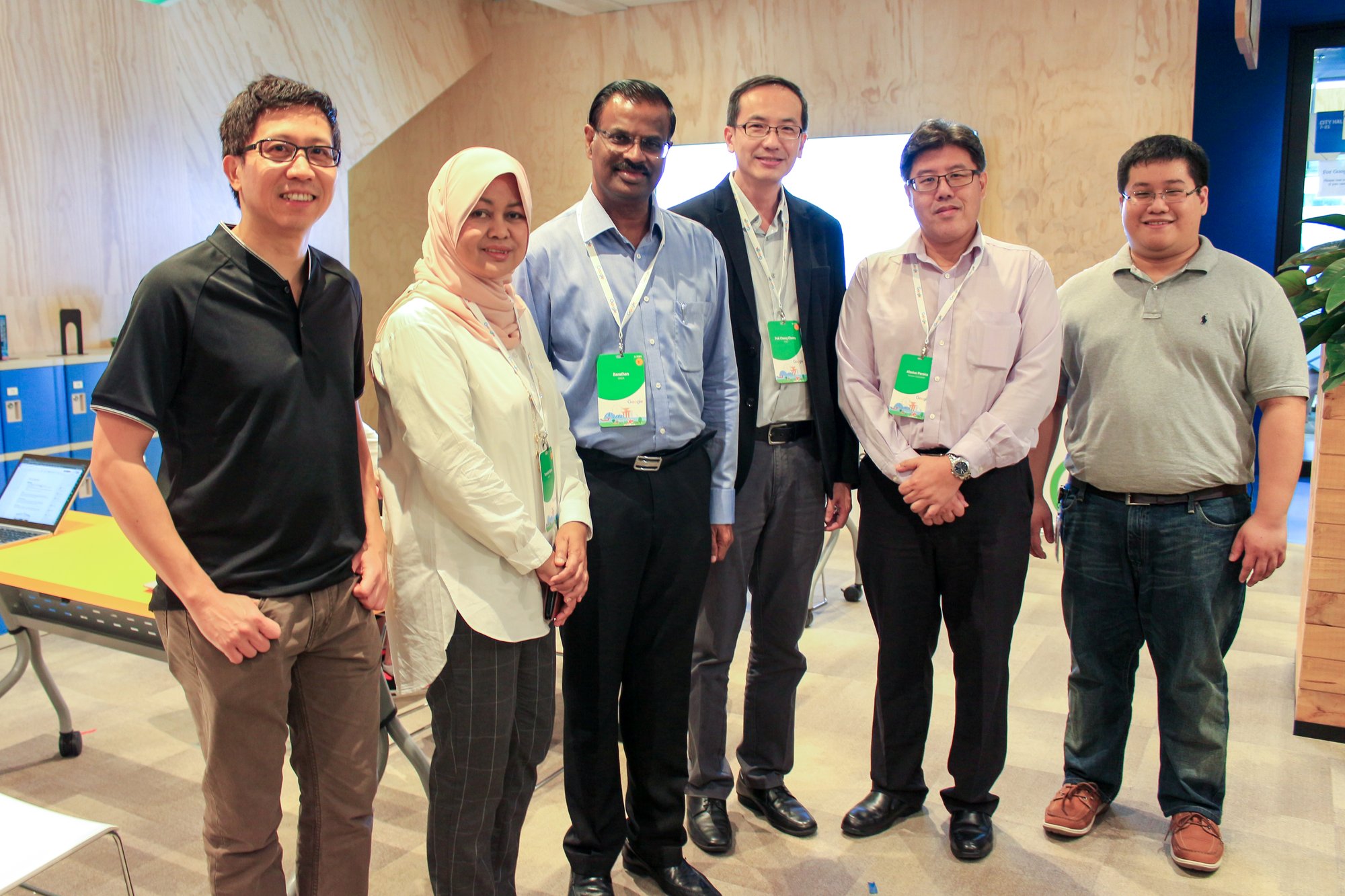 Singaporean Google engineers with leaders from CDAC, Eurasian Association, MENDAKI and SINDA. From left to right: Jing Lim (Google), Mdm Tuminah Sapawi (CEO, Yayasan MENDAKI), Mr K Barathan (CEO, SINDA), Mr Pok Cheng Chong (Executive Director, CDAC), Mr Alexius A. Pereira (Vice President, The Eurasian Association), Ian Leow (Google) Each batch of participants and their parents will start off with a visit to our new office where they will hear from Googlers about how they started their careers and what a technical job really has to offer. We will also be engaging with the community through a series of tech talks, meet-ups and interview workshops that we we hope will give Singaporeans aspiring to pursue a career in tech a head start. As a Singaporean, I can't tell you how excited I am about our new home and welcoming many more of you here. Just imagine the ideas and innovations we'll see when a greater diversity of Singaporeans develop a passion for technology, and the better and more useful outcomes this will lead to for all. |
| Build data-rich presentations in seconds with integrated apps and the Slides API Posted: 09 Nov 2016 10:00 AM PST Presentations are a staple in business communication. When done right, they help tell a story that can captivate, persuade, or inspire audiences. But crafting that story can be tedious, especially if you're constantly flipping between screens to copy and paste charts, images, or figures into your slides. If only there was an API for that…. Today, we're announcing the general availability of the Google Slides API which gives developers programmatic access to create and update presentations in Slides from any data source. We previewed the Slides API at I/O earlier this year to change how business presentations are built. Now, your teams can use a number of ready-to-go integrations to turn your business data into presentations, with just a click. Build beautiful, up-to-date presentations in seconds using Conga, Trello, Lucidchart and ZapierWhether you're looking to populate a quarterly business review (QBR) deck, add specs for weekly design review slides, or refresh event registration data for your daily update, the third-party apps below let you quickly and easily build beautiful, data-rich presentations.
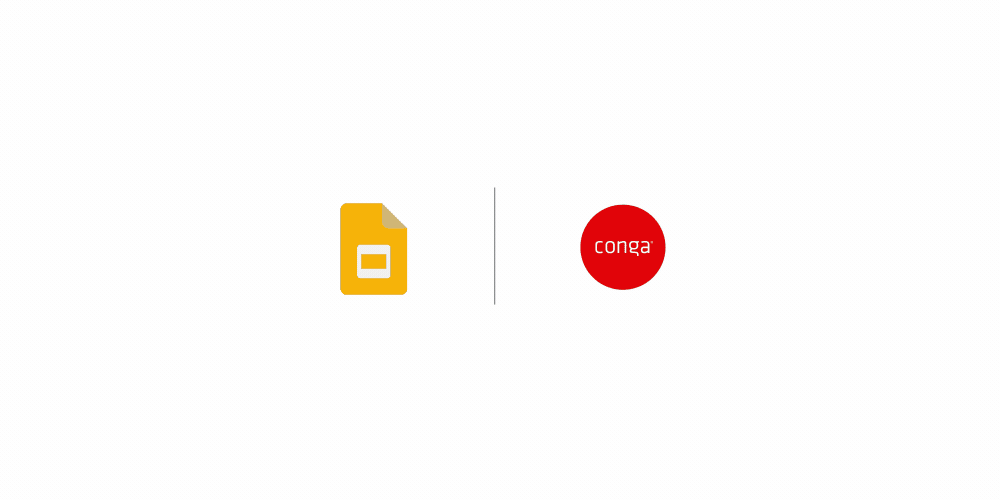
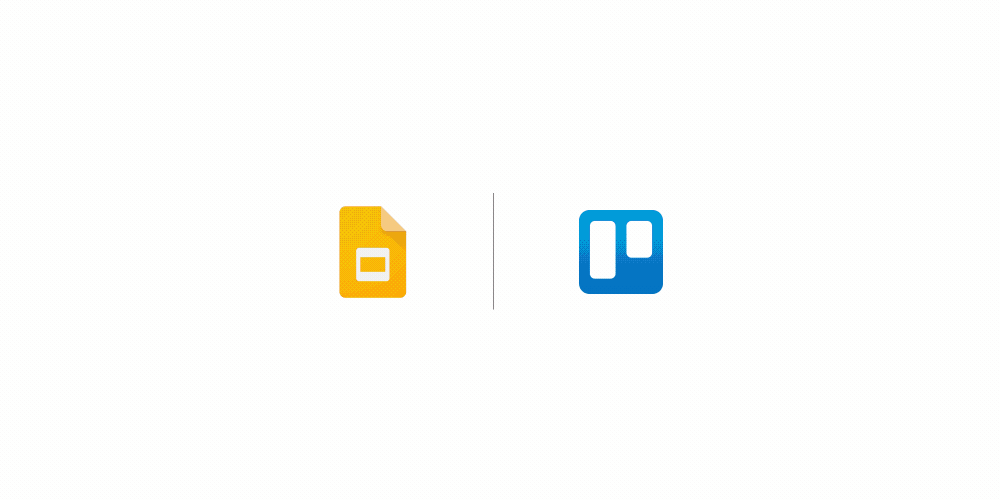
All of these app integrations are available to try today — and this is just the beginning. We're working with many other software vendors, including ProsperWorks, AODocs and Form Publisher to help you do more in less time in all sorts of ways. Developers can start using the Slides API today. Documentation and demos are available at developers.google.com/slides and they can read more about it here. |
| You are subscribed to email updates from The Official Google Blog. To stop receiving these emails, you may unsubscribe now. | Email delivery powered by Google |
| Google Inc., 1600 Amphitheatre Parkway, Mountain View, CA 94043, United States | |
